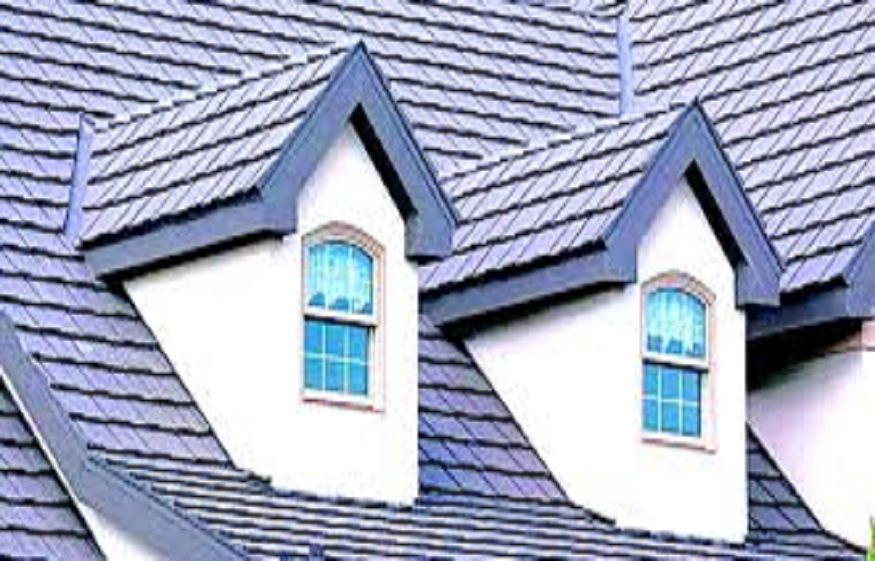Do you have a clear idea about the roof covering you want for your house or extension? Before diving head first into your project and starting to get quotes, there are a few precautions to take.
Find out about the town planning regulations in force in your municipality
Whether it concerns a project to build an extension or a new house or its renovation, the choice of roof covering is not up to the owners to decide. Indeed, before deciding on a specific material, it is essential to first find out about the town planning regulations in force in your municipality, recorded in the PLU (Local Urban Planning Plan). This document may in fact require you to use certain materials or a very specific covering, with a view to preserving architectural harmony. It is therefore necessary to ensure that your personal tastes correspond to the instructions of the PLU above all.
Take into consideration the weather constraints of your region
Sometimes the PLU does not impose any specific constraints regarding roof covering. However, it is essential to match your choice with the weather conditions in your region of residence. Indeed, the roof is the first element exposed to bad weather and it would be a shame if the first storm caused everything to fly away. Some materials are more resistant than others and better suited to harsh climates.
Think about the technical constraints related to the framework
Being the element that supports the roof covering, it is essential to take into account the type of framework in its choice of materials, as part of a roof renovation. To do this, it is necessary to make calculations in order to evaluate the weight of the covering on the framework and to evaluate the different possibilities.
What are the characteristics of each roof covering?
The roof covering is the element that directly suffers all the bad weather and aggressions coming from the outside. We generally distinguish between roofs built via a juxtaposition of small elements (tiles, slates, shingles, aluminum, copper, zinc, etc.), roofs made up of several plates (sheet metal, fiber cement, etc.) and those made of a single piece (thatch). You will then have to make the right choice to obtain optimal durability and an aesthetic rendering compatible with the rest of the house, in accordance with your budget. Zoom on the different characteristics of the main roof coverings.
The tiled roof
A traditional choice in France, terracotta tiles are attractive for their color ranging from red to gray through all shades of orange, as well as for their variety of shapes. Making a terracotta tile roof has an undeniable advantage . Natural materials, these tiles hold up very well over time and can therefore last between 30 and 70 years, or even more than a century. On the other hand, their technical characteristics make them very good candidates for ensuring the protection of your framework.
A roof made of terracotta tiles is very resistant to wind and shocks, and has very interesting thermal properties. Particularly suited to sunny and humid climatic conditions and to roofs with a slight slope, terracotta is however sensitive to large temperature variations and frost and is not suitable for cold regions.
There are generally three main categories of tiles that differ from each other in their method of connection to ensure the waterproofing of the roof: canal tiles (for roofs with a very low slope), flat tiles, and interlocking or sliding tiles. Interlocking tiles, also called mechanical tiles, are lighter and easier to install. They therefore save on labor and ensure increased waterproofing. In all cases, the choice of the type of tile and its method of fixing must take into account the specifications imposed . For example, high exposure to wind will necessarily involve a need to nail, screw or use hooks to ensure the roof is properly fixed. The slope of the roof also plays an important role.

